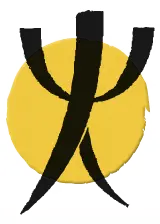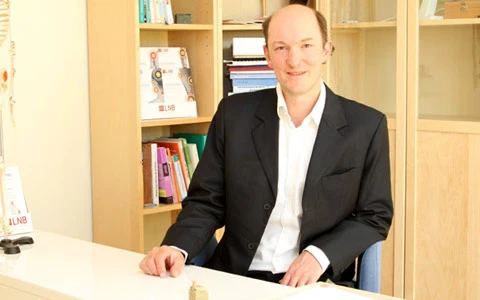Today I want to explain my model of pain development. How does pain turn chronic? Let’s start with acute pain. As I mentioned in my last article the purpose of acute pain seems clear. We hurt ourselves and in order to achieve a protective reaction the body triggers pain. In chronic pains the principle stays the same but the danger is not as obvious. The key is the muscular or more precisely myo-fascial tension. If we exceed a certain level of myo-fascial (muscle and surrounding soft tissue called fascia) tension, it puts the joints moved by the muscle under high pressure. This way the joints cartilage cannot maintain the balance between wear off and build up and the cartilage is slowly ground. To warn us from long term damage the body triggers pain, which will stay chronic as long as the condition persists.
Our natural reaction is to avoid the pain and not use the affected area any more, which leads to a further shortness of the muscle and therefore the tension. At this stage people usually start taking pain killers. While pain killers might help get the pain down, the condition still stays the same and over time the joints cartilage looses substance and becomes thinner. That’s called osteoarthritis then.
What you might have already noticed by now is, that the pain appears long before the structural damage. It stays – what nature always designed it for – a warning sign. What this means is, that the structural damage is not the cause for pain, it’s rather a secondary effect of the underlying condition, which is the myo-fascial tension.
And here comes the great news! No matter how bad the structural damage may be, you always have a chance of curing the pain. How? I’m going to tell you in one of the next blogs.



